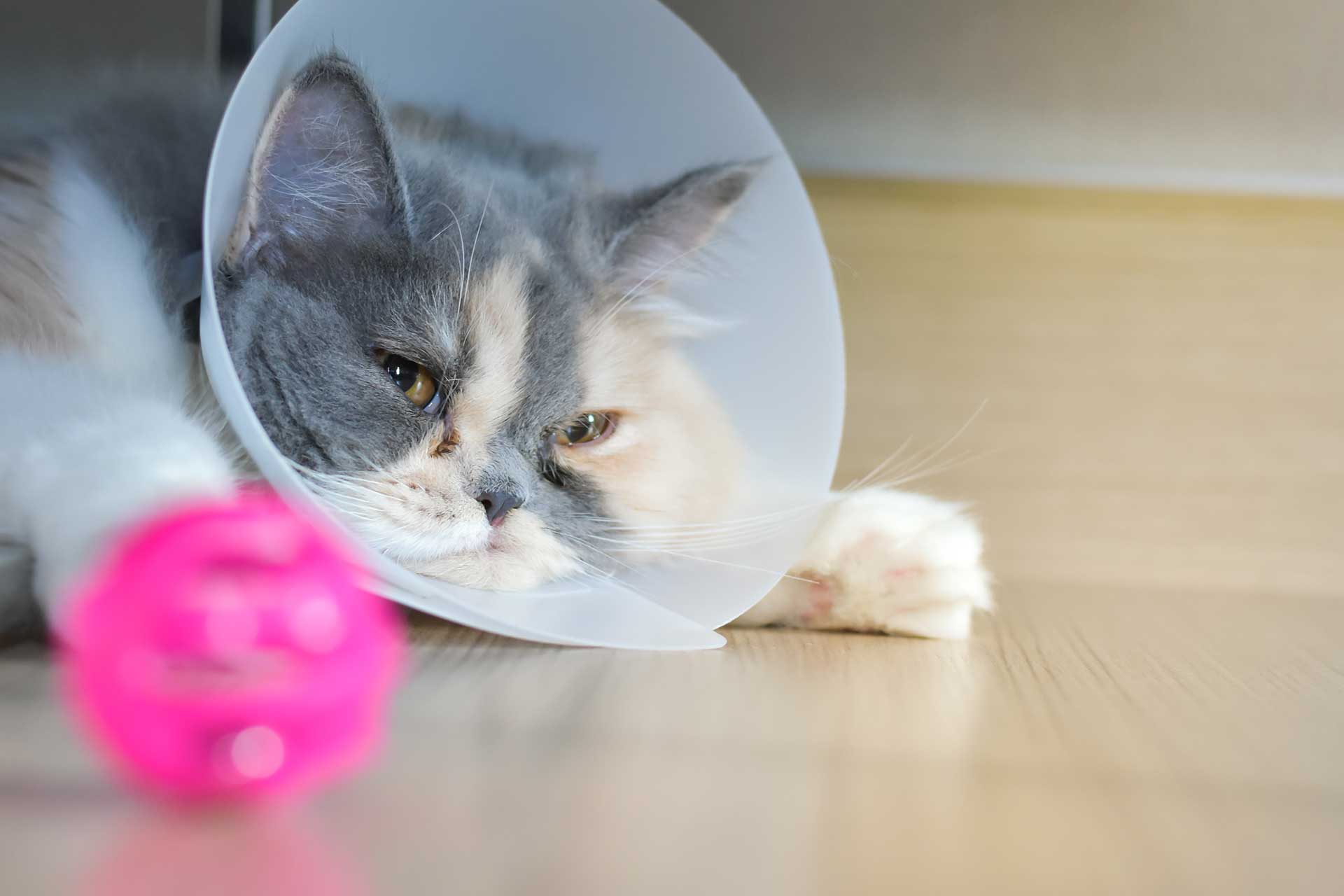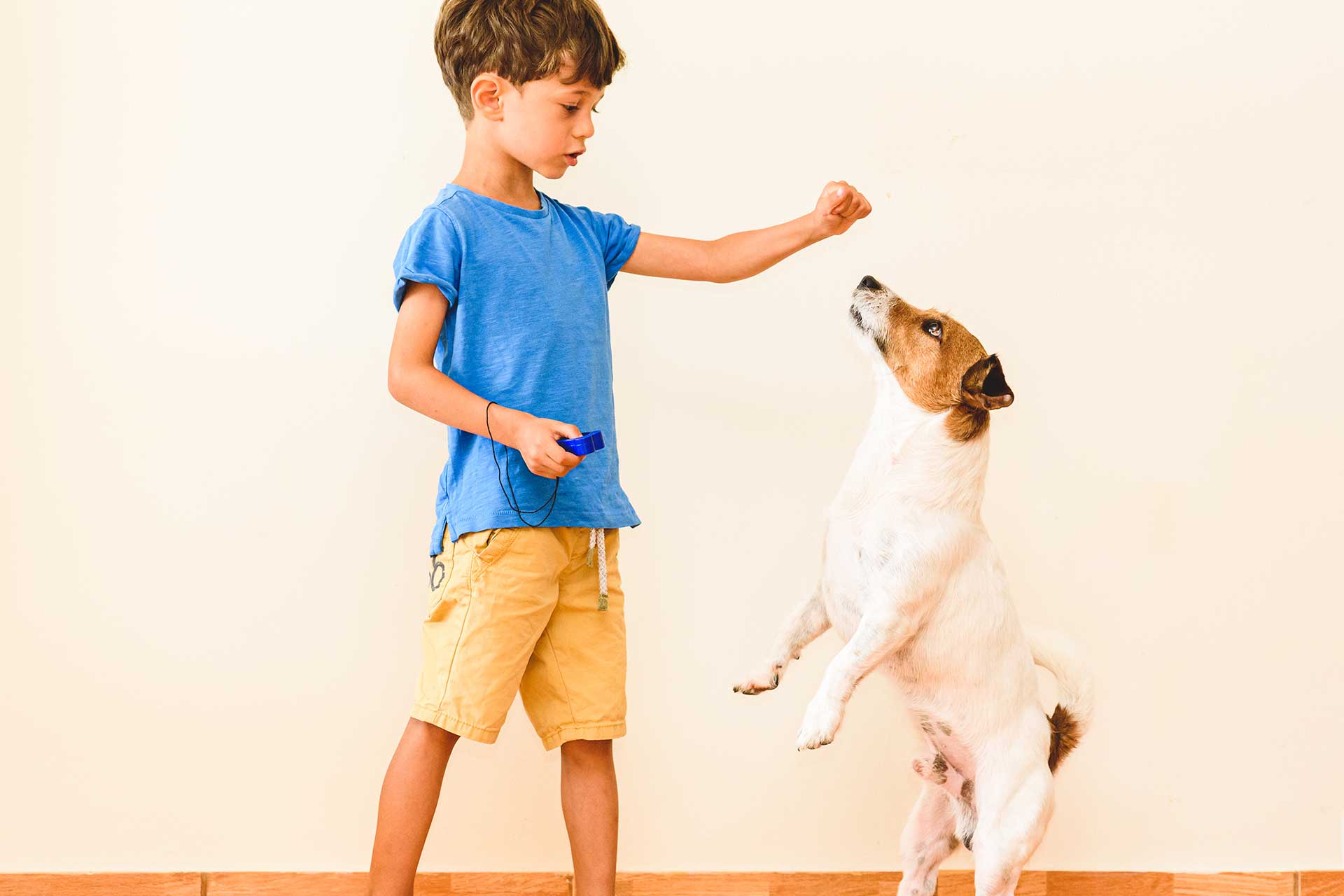Have you ever thought about what it would be like to have a bird as a pet? Or do you have a pet bird and you would like to learn more about your feathery companion.
Different birds, like cats and dogs, have different temperaments. If you are looking for a pet bird it is probably a good idea to start with a friendlier and more affectionate breed. Keep in mind that all birds are individuals so their behavior will differ. The breeds listed below minimize the risk of ending up with an aggressive bird.
Friendly Bird Breeds
- Budgerigar or Budgie or Parakeet –they are around 6 – 8 inches of colourful, trainable and if hand reared affectionate birds. They are low maintenance and around 1 ounce in weight. Parakeets are generally green with yellow and blue, but they do come in the more rare blue, gray and white.
- Cockatiel – these adorable little creatures weigh-in at around 3 inches and can grow up to 13 inches. Cockatiels are not really talking birds, but they are highly intelligent and can learn a number of tricks. The Australian bird is very affectionate and loves positive reinforcement. Cockatiels usually have a gray body with a yellow face, but they can be found in colours like cinnamon and white.
- Hyacinth Macaw – This big, friendly bird is not the best option for beginner bird owners. They are a brilliant blue with yellow around their eyes and beak. Their beak is black and they have dark grey feet. They reach up to 40 inches and weigh around 50 ounces.
- Doves – Think of a wild dove, do you think how cuddly? No, that is because wild doves are not friendly. Hand reared doves on the other hand are quite affectionate towards their owners.
- Parrotlets – these little spunky birds are perfect for beginners. They are easy to care for, weigh around an ounce, and like to be handled. Keep in mind you need to handle them regularly. They are usually a bright green with some blue.
Bringing your pet home
Before you even bring your bird home there are a few things you need to do first. This is to make sure your pet is comfortable and happy and most importantly, safe.
- Get a cage – make sure the cage is big enough for your bird, and can comfortably fit in a space that does not get disturbed too much. You need to remember the cage needs to go in a place that is well ventilated and where they can see you and socialize.
- Meeting the family – the person that does all the day to day care of the bird is the primary caregiver. Let the feathery family member get to know the person that will be looking after them and the area, before introducing the rest of the family, both furry and furless.
- Pet birds will feel more secure when they have a schedule to follow. They will know what to expect. Remember your bird needs 10 – 12 hours’ sleep.
- Your bird will need to feel secure, and one way to help them do that is to feed them the same mixture as the pet shop or breeder fed them. If you want to change their food, speak to your vet first for advice.
- Make sure your bird has a few sources of fresh water. If you see they tend to poop in one spot, move the water away from that spot.
- Play time – remember to include play time in the schedule, birds do like to play games and to learn tricks. The more you bond and play with your bird the more affectionate they will be.
Keep your bird healthy
No matter what pet you have; you want them to be happy and healthy. It is no different for a bird. They need care and attention and are susceptible to illnesses of their own.
Specific bird species have different diseases; there are however bird illnesses that can spread across the species boundaries. The problem with these illnesses is that so many of them look similar when comparing the symptoms. Your bird will also have a tendency to hide any discomfort, which makes it difficult to know when your fine feathered friend is not well.
Speak to your vet about regular check-ups. This will not only put your mind at ease but it will make sure that any potential problems are quickly discovered and dealt with. Our Vets are standing by to discuss keeping your bird happy and healthy for as long as possible.



